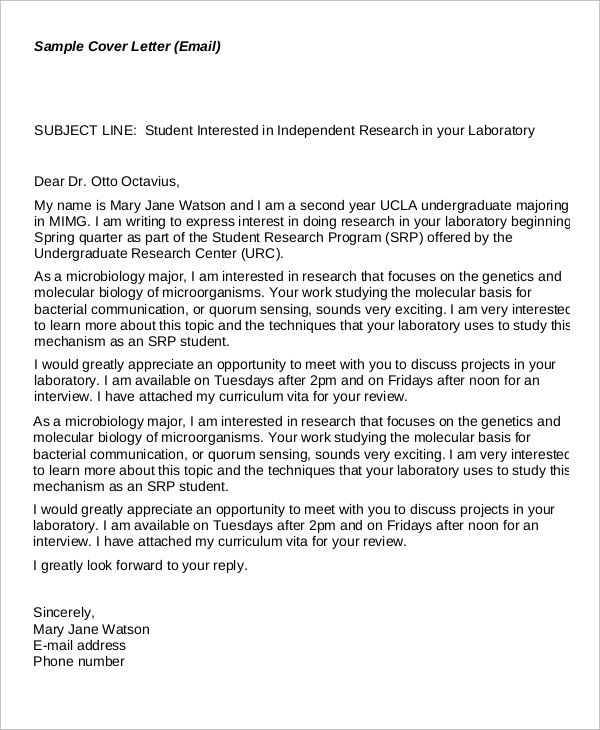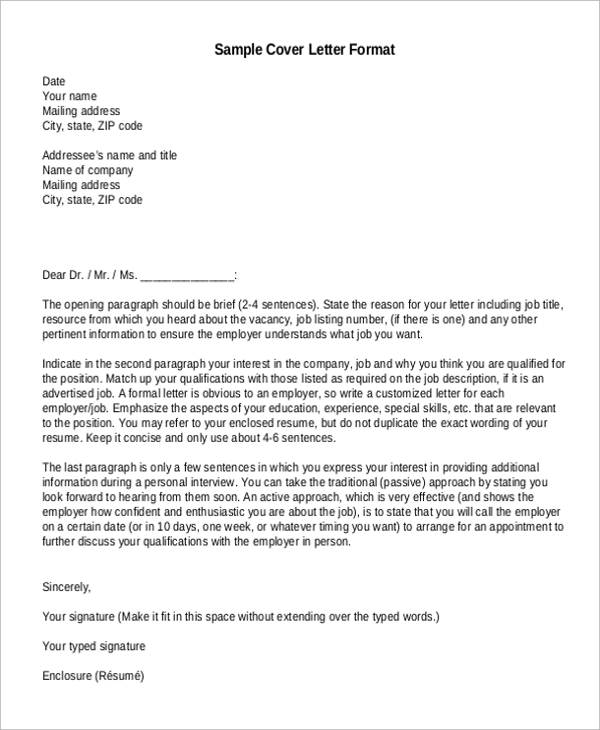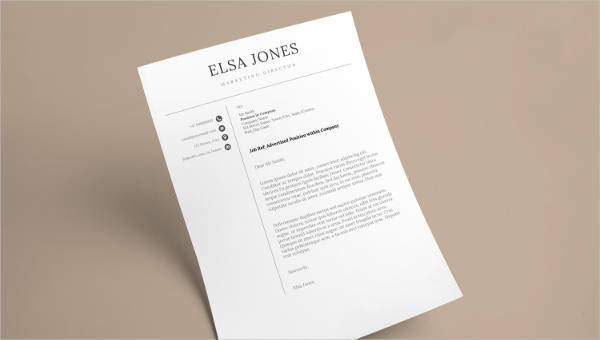When it comes to job applications, your trusty one- or two-page resume should be equipped with a professional and well-written cover letter. Some may ask, “If a resume already gives important information about what I can do, why do I need to send it together with a cover letter?”
Let’s look at it this way: Before a hiring manager takes a look at your exemplary resume, your cover letter will be the first thing they would read. Think of your cover letter as your first impression to someone you have yet to meet. It is meant to impress and make you stand out among the other applicants who are possibly applying for the same position as you.
Now that you have a brief idea about the impact of cover letters to your job applications, you now need to think about how you should format these letters. From the content to the way it is presented, these aspects are all important. Hiring managers go through a lot of applications on a daily basis. A slight shift from the usual format is sure to be noticed and could hurt your chances of getting picked for the position. In this article, we will be giving you tips and tricks on how you can format your cover letter as well as the important factors that should be included. Keep reading to get a better idea of how you can format your cover letters.
Sample Cover Letter for Job Applications

This job application cover letter will give you a breakdown of what comprises a cover letter and how to lay out the content properly. Having this document will surely lessen the confusion about how cover letters are formatted.
Cover Letter Format
The main goal of your cover letter is mainly being able to convey to the hiring manager in a more detailed manner what you possess and what you can bring to the table. To make sure that you are able to properly relay what it is that you want to say, following the proper cover letter format will be your best friend.
A cover letter format follows a formal business letter. So by the nature of a business letter, your cover letter should include the
- letterhead, which includes your basic contact information such as full name, address, phone number, and email address;
- date when you composed the letter;
- recipient’s information such as full name, job title, the company name, and company address;
- formal opening salutation, which will include the name of the recipient;
- body of the letter that will reflect the position you are applying for and the reasons why you should be seen for an interview;
- closing salutation such as “Respectfully,” “Most sincerely,” or “Best regards“; and
- signature, which can either be handwritten printed letters or typed for email cover letters.
This formatting style is applicable for both printed and email cover letters. However, email cover letters need not have letterheads and recipient information. You can start it with the date and go straight to the body of the letter. Another thing with email cover letters is the fact that your signature should include your pertinent contact details in order to make communication between you and the recipient more convenient.
Email Cover Letter

This sample email cover letter gives a good glimpse of what an email cover letter typically looks like. If you are looking to sending your cover letter through email, this is the best document to make use of.
What to Include in the Body of a Cover Letter?
The main meat of your cover letter is the body. What you put in the body highly matters and this is the part where you want to keep the hiring manager interested to you. In the body of your cover letter, you will:
- Introduce yourself to the hiring manager. Give the hiring manager a brief introduction of yourself and why you are writing your letter. This is where you mention whether you are responding to a job posting, inquiring for a possible position available, or if you have been referred by a someone.
- Argue why you’d be a good fit for the job. Accentuate all of the relevant work experience you have that might see as a good match for the position you applied for. Make sure to read through the qualifications that have been listed in the job posting and incorporate some keywords that you think is also applicable to you. This will give the impression that you know the needs of the company and that you are the one they are looking for.
- Fill in places your resume cannot describe. Your resume is limited to a few bulleted words that describe what it is that you can do. Sure enough, it does not cover everything that you want the hiring manager to know. The beauty of cover letters is the fact that they can help give the hiring manager a wider perspective about you and how they can benefit from what you can do for the company.
- Further explain other aspects of your resume. Citing specific examples where you have displayed the skills and qualities that you have mentioned in your resume.
Paragraph Guidelines for Job Cover Letters

This sample document for paragraph guidelines will give you a good idea of what the content of your cover letter should be. This will prove to be helpful if you are having a hard time figuring out what you will write in your cover letter.
The job market is very competitive. This is why the need to stand out and present your best self is one of the major keys that can aid you in landing a good career. Being able to come up with a well-written cover letter will help you do just that. With the tips that we have shared, we are hoping that writing cover letters will become easy as pie. We wish you luck on your future endeavors!
Related Posts
FREE How Your Experience Level Impacts Your Cover Letter [ With Samples ]
FREE 5 Reasons Why You Should Customize Your Cover Letter [ With Samples ]
Exemption Letter
To Whom It May Concern Letter
10 FREE Notice To Quit Letter Samples & Templates
Marriage Proposal Letter
Fund Transfer Letter
Purchase Order Cancellation Letter
Formal Interview Letter
Thank You Letter to Teacher
Love Letter
Verification of Employment Letter
Rental Agreement Letter
Cover Letter
Family Reference Letter Samples & Templates
